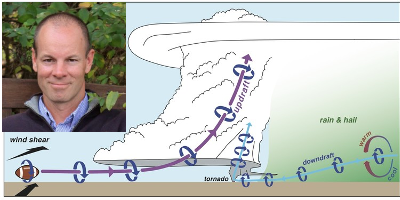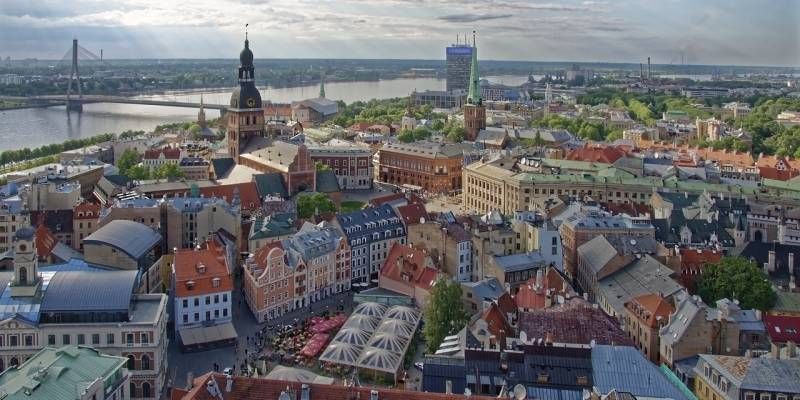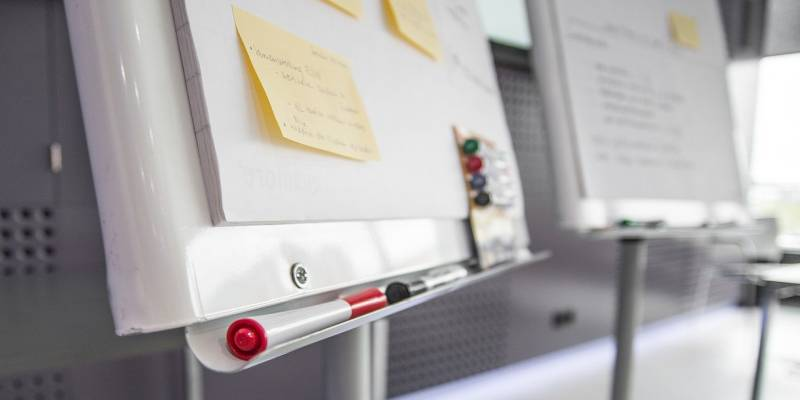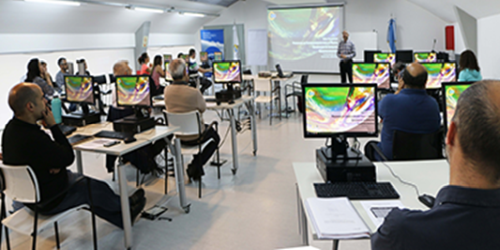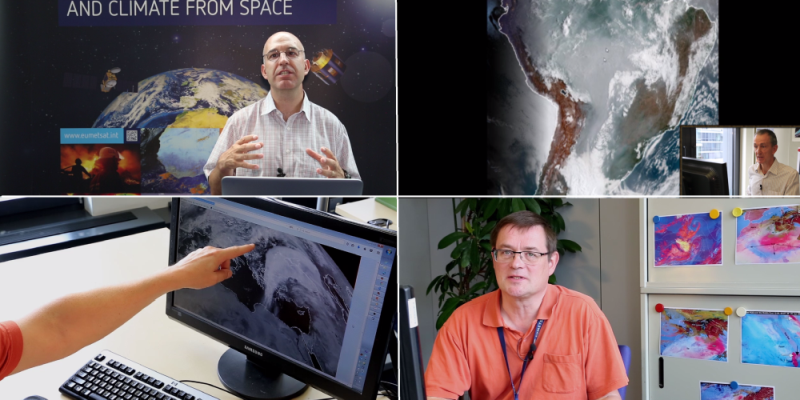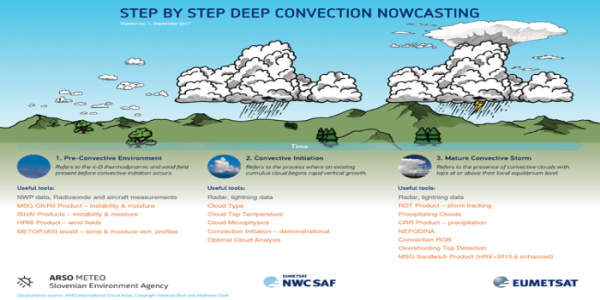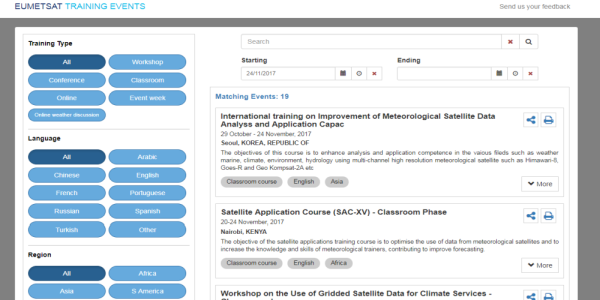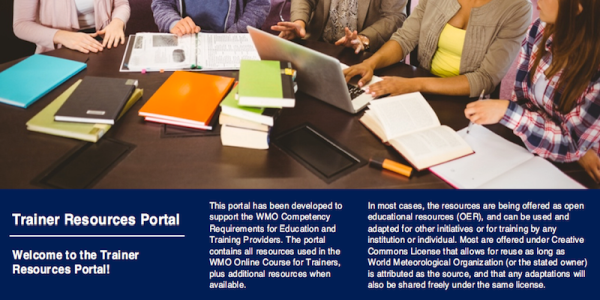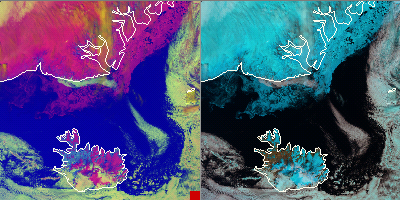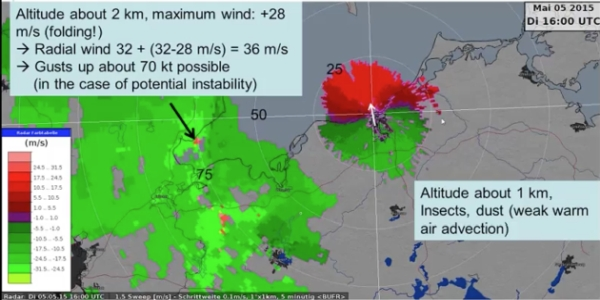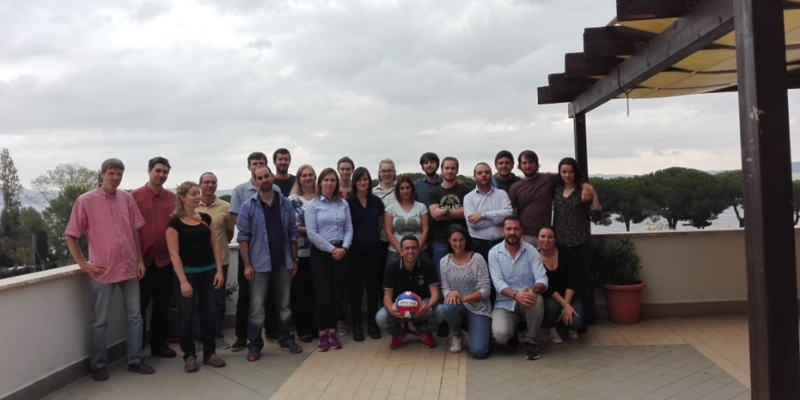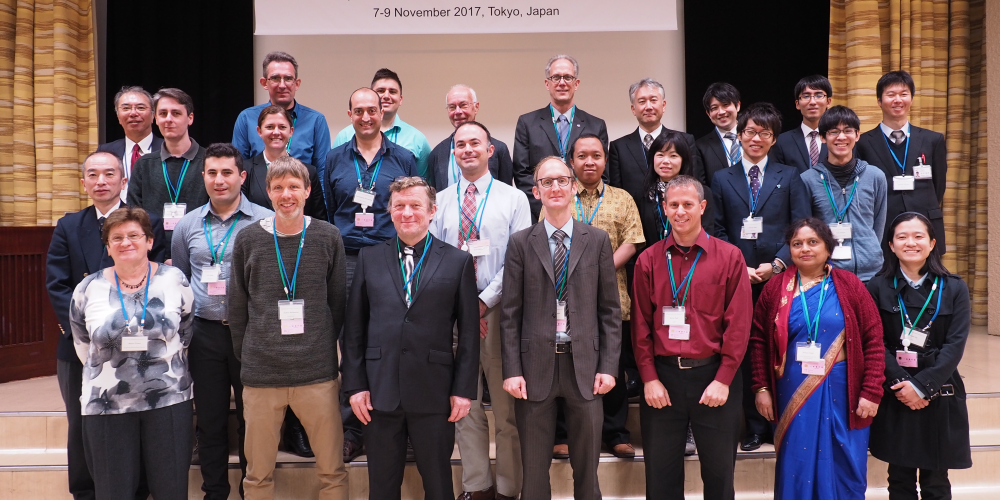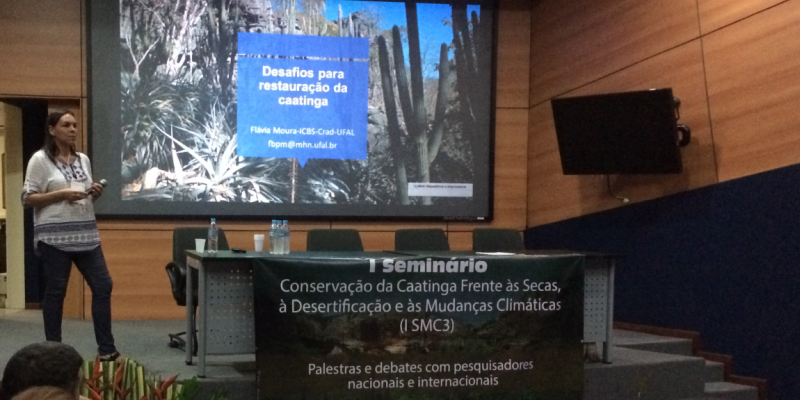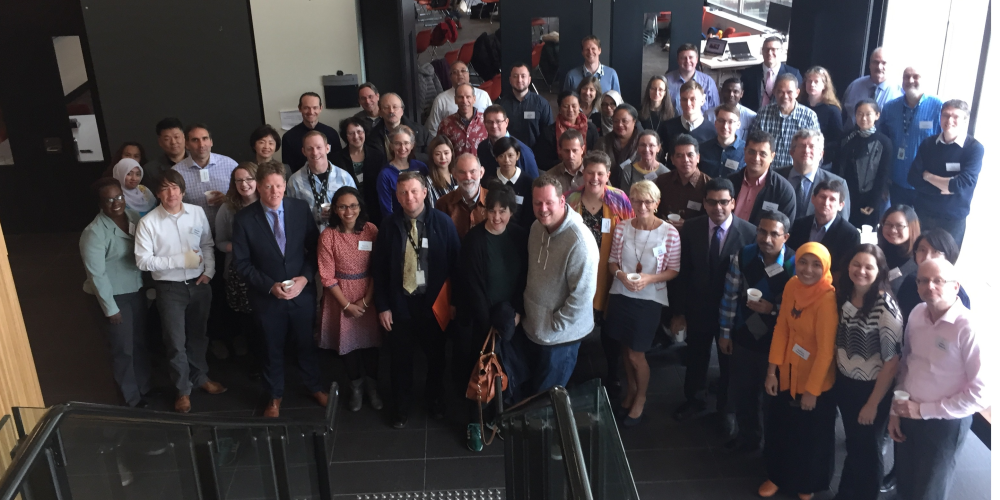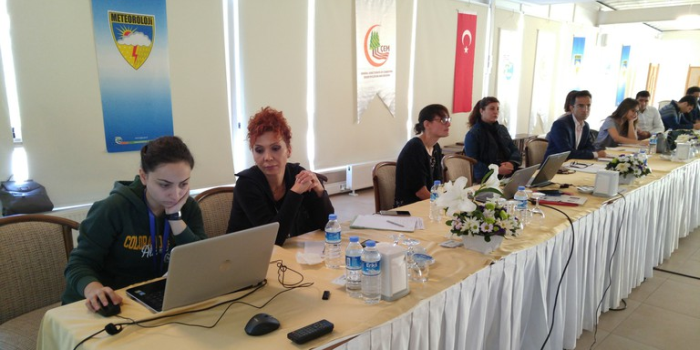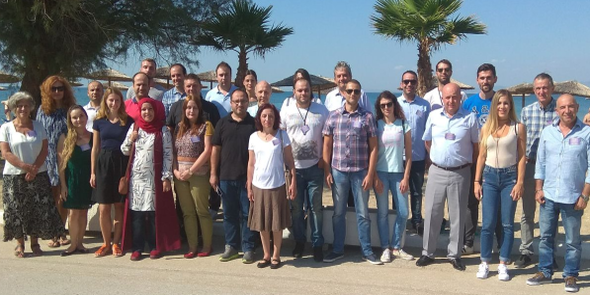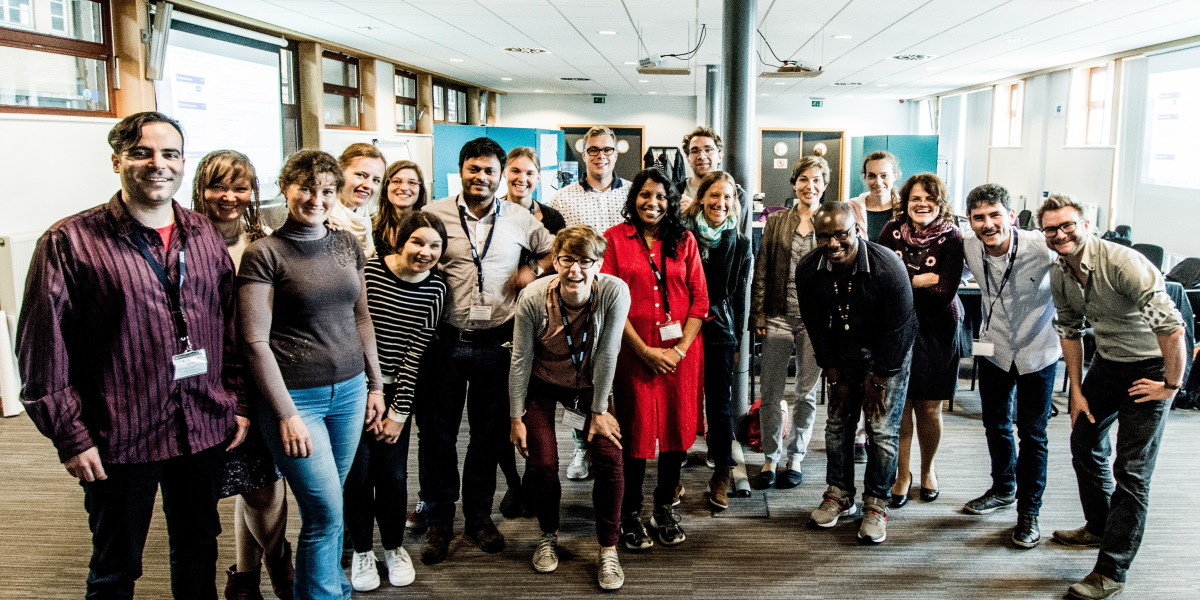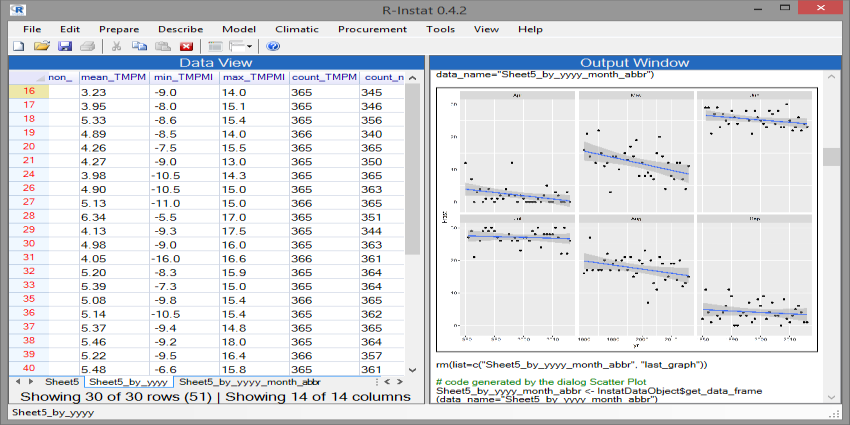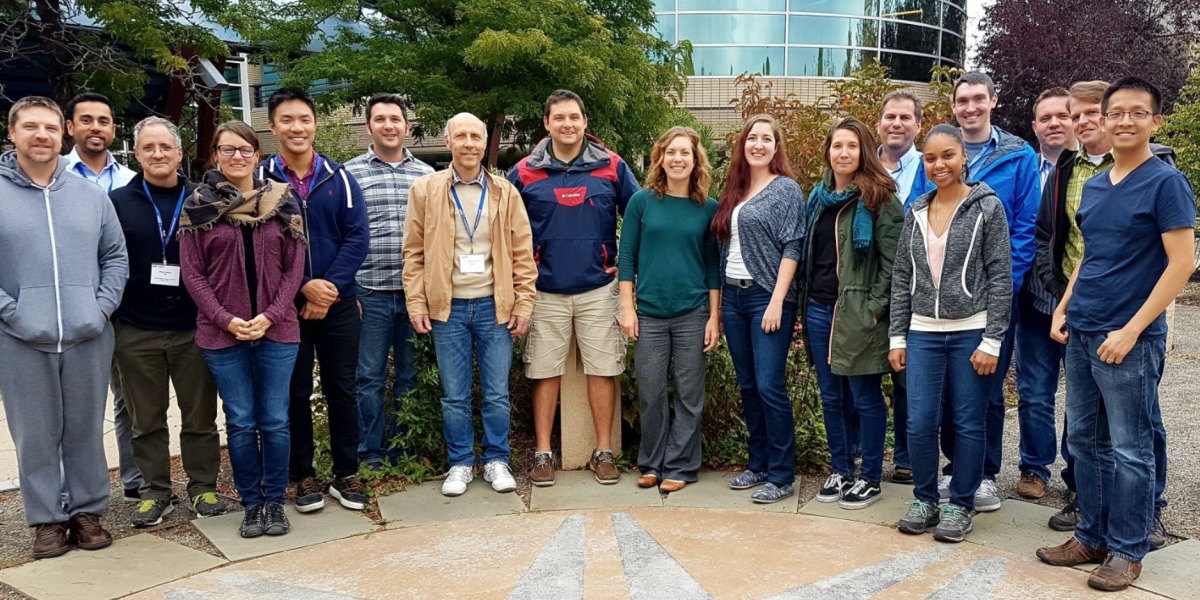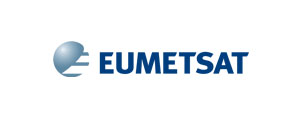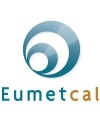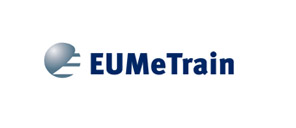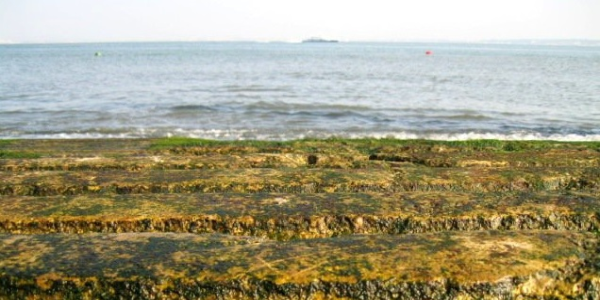
Registration open for Operational Marine Forecasting course using EUMETSAT's Copernicus Marine Data Stream
7 to 11 May, 2018 / Lisbon, PortugalThis course is primarily intended for experts from operational centres with responsibility of monitoring seas on the Atlantic coasts, and Mediterranean Sea.
After the course participants will be able to:
- Analyse the current surface conditions using scatterometer and altimeter data.
- Monitor the evolution of the surface conditions.
- Integrate these satellite data with data from numerical models, validating the model output.
- Access and visualise the data.
- Identify how the use of the wide range of products available from EUMETSAT, the Copernicus Marine Environment Monitoring Service, and other Copernicus partners, can improve the quality of marine analysis.
This is a blended course, composed of a two-week online phase and a five-day face-to-face phase.
Find out more about the event in the Training Calendar and register by mid-January.
